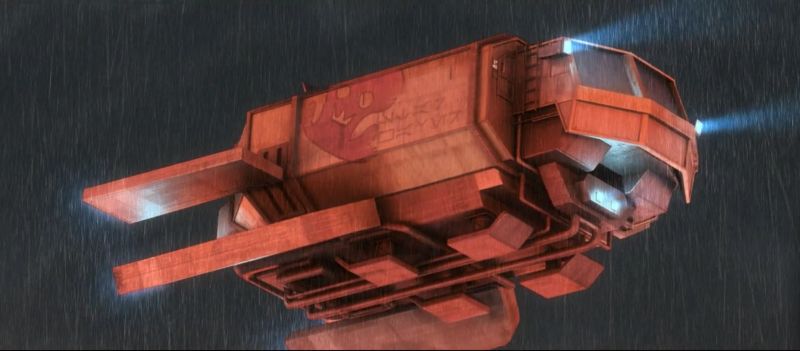The Paq Nalthiin Confederacy:
The Paq Nalthiin are the only native species of the Conheav sector who engaged in interstellar travel and colonization before their discovery by the Old Republic. The Paq Nalthiin used sublight vessels that took several years to reach their destinations, which meant that actual contact between the three systems that were colonized, the Etuc, Treah, and Pecsus systems, was minimal, and each system was forced to be almost entirely self-sufficient. Despite this, communications between the systems was effected through a type of boosted signal that travelled at almost the speed of light. This meant that the time lag when communicating between these neighboring systems was minimal, on the order of an hour or so, so the three systems kept in close cultural if not physical contact, and each system developed along the same lines, forming a loose confederacy.
About 150 years before the Paq Nalthiin came into contact with the Republic, there was a mass exodus of an alien species known as the Serp into Paq Nalthiin space. The Serp were on the run from another race that had attacked their homeworld. A large fleet of Serp ships had managed to escape from their enemy, whose identity was never determined, and these ships, which were not equipped with hyperdrives, made the long journey away from their homeworld, and ended up in Pecsus after travelling for about 75 years. All of this information was taken from a partially intact computer salvaged from a Serp vessel that was destroyed in combat. The original homeworld of the Serp is unknown, although it is thought that they originated in a system just outside the boundaries of what is now the Conheav sector. When the Serp arrived in Pecsus they began a campaign to push the Paq Nalthiin out of the system in order to usurp their place and inhabit the system themselves. A long bloody war erupted, with Pecsus asking for help from the other systems in the Paq Nalthiin Confederacy. Help did arrive, though the transit times involved extended the conflict greatly. After 32 years the Serp, who fought to the death, presumably because they were tired of running, were finally defeated. In all of this time the Paq Nalthiin never saw a live Serp, as they never left their ships when Paq Nalthiin were in the area. No Serp vessels were ever captured by the Paq Nalthiin. The first two times that attempts were made to board disabled Serp ships, the damaged ships self-destructed when the Paq Nalthiin ships attempted to dock, destroying both the Serp and Paq Nalthiin vessels. After that no further attempt was made to take Serp vessels intact, they were instead fired upon from a distance untill destroyed. Because of this destruction the Paq Nalthiin were able to salvage very little from the Serp vessels, and learned little from them.
The incursion of the Serp has had a significant effect on the Paq Nalthiin culture. It was this external enemy which cemented the Confederacy into a cohesive political entity. Another effect of the conflict with the Serp is that the Paq Nalthiin have ever since been moderately suspicious of all non-Paq. In addition, there have been constant superstitions of surviving Serp elements, although all available evidence suggests that the mysterious Serp are now exinct. Rumours of other fragment Serp fleets that are still travelling in the void between systems, or groups of Serp that managed to colonize new worlds are common in the Paq Nalthiin Confederacy.
When the Confederacy was first contacted by the Old Republic they were suspicious of their intentions, largely due to bad experiences with the Serp. Eventually, after about 90 years of contact and intermittant trade, the Paq Nalthiin Confederacy joined the Republic. Each world in the Confederacy has been individually governed since then, and in theory is not part of a political unit with the other worlds, aside from being in the same sector, but in practice the Confederacy is alive and well. This status has remained under the Empire, and there is only one Imperial advisory office for the three systems, as the three systems essentially share a common local government.
|











